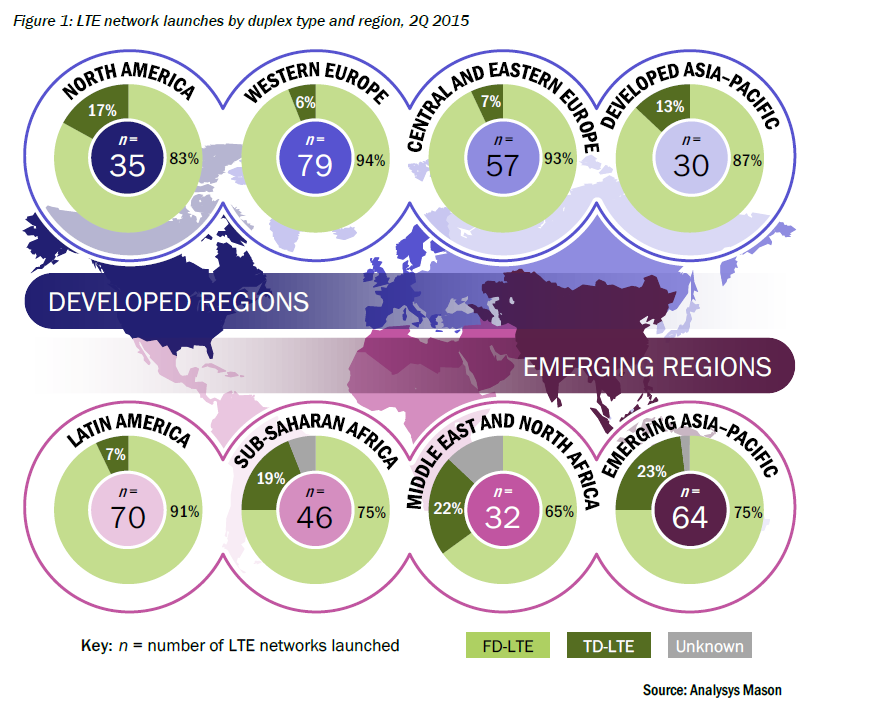Some of you may be aware that I am also a Technical Programme Manager with the UK Spectrum Policy Forum. Recently we published a whitepaper that we had commissioned to Plum consulting on "Future use of Licence Exempt Radio Spectrum". It is an interested read not only for spectrum experts but also for people trying to understand the complex world of spectrum.
The report is very well written. Here are a few extracts in purple:
Licence exempt frequency bands are those that can be used by certain applications without the need for prior authorisation or an individual right of use. This does not mean that they are not subject to regulation – use must still comply with pre-defined technical rules to minimise the risk of interference. Most licence exempt bands are harmonised throughout Europe and are shared with other services or applications, such as radars or industrial, scientific and medical (ISM) equipment. Wi-Fi and Bluetooth are probably the most familiar examples of mass-market licence exempt wireless applications, but the bands support many other consumer devices, such as cordless phones, doorbells, car key fobs, central heating controllers, baby monitors and intruder alarms. Looking to the future, licence exempt bands are likely to be a key enabler of wireless machine to machine (M2M) communication applications.
Key benefits of licence exempt bands include:
- For end-users:
- Greater convenience and flexibility by avoiding the need for lengthy runs of cable in home and work environments
- Ability to connect mobile devices to a fixed broadband network, reducing dependence on the mobile network and potentially saving costs both for the service provider and the end-user
- Enhanced convenience, safety and security, e.g. through installation of low cost wireless alarm systems or ability to unlock vehicles remotely rather than fumbling with keys
- For equipment vendors and operators:
- Facilitating market entry – there is no need to acquire a licence to deploy a service
- Enabling niche applications or services to be addressed quickly and cheaply using existing technology and spectrum – this has been particularly effective in serving new machine to machine (M2M) applications in areas such as health, transport and home automation.
- Providing certainty about spectrum access – there is no need to compete or pay for spectrum access (though the collective nature of spectrum use means quality of service cannot be guaranteed)
- The ability to extend the reach of fixed communication networks, by providing wireless local area connectivity in homes, businesses and at public traffic hotspots.
From a regulator’s perspective, licence exempt bands can be more problematic than licensed bands in terms of refarming spectrum, since it is difficult to prevent the continued deployment of legacy equipment in the bands or to monitor effectively their utilisation. There is also generally no control over numbers and / or location of devices, which can make sharing difficult and limits the amount of spectrum that can be used in this way.
In Europe, regulation of licence exempt bands is primarily dealt with at an international level by European institutions. Most bands are fully harmonised, whereby free circulation of devices that comply with the relevant standards is effectively mandated throughout the EU. However some bands are subject to “soft” harmonisation, where the frequency limits and technical characteristics are harmonised but adoption of the band is left to national administrations to decide.
A key recommendation, which I think would be very interesting and useful would be: Promote further international harmonisation of licence exempt bands, in particular the recently identified 870 – 876 MHz and 915 – 921 MHz band that are likely to be critical for supporting future M2M demand growth in Europe.
Note that a similar sub-1GHz band has been recommended for 5G for M2M/IoT. The advantage for low frequencies is that the coverage area is very large, suitable for devices with low date rates. Depending on how the final 5G would be positioned, it may well use the license exempt bands, similar to the LAA/LTE-U kind of approach maybe.
The whitepaper is embedded below and is available to download from here:
















